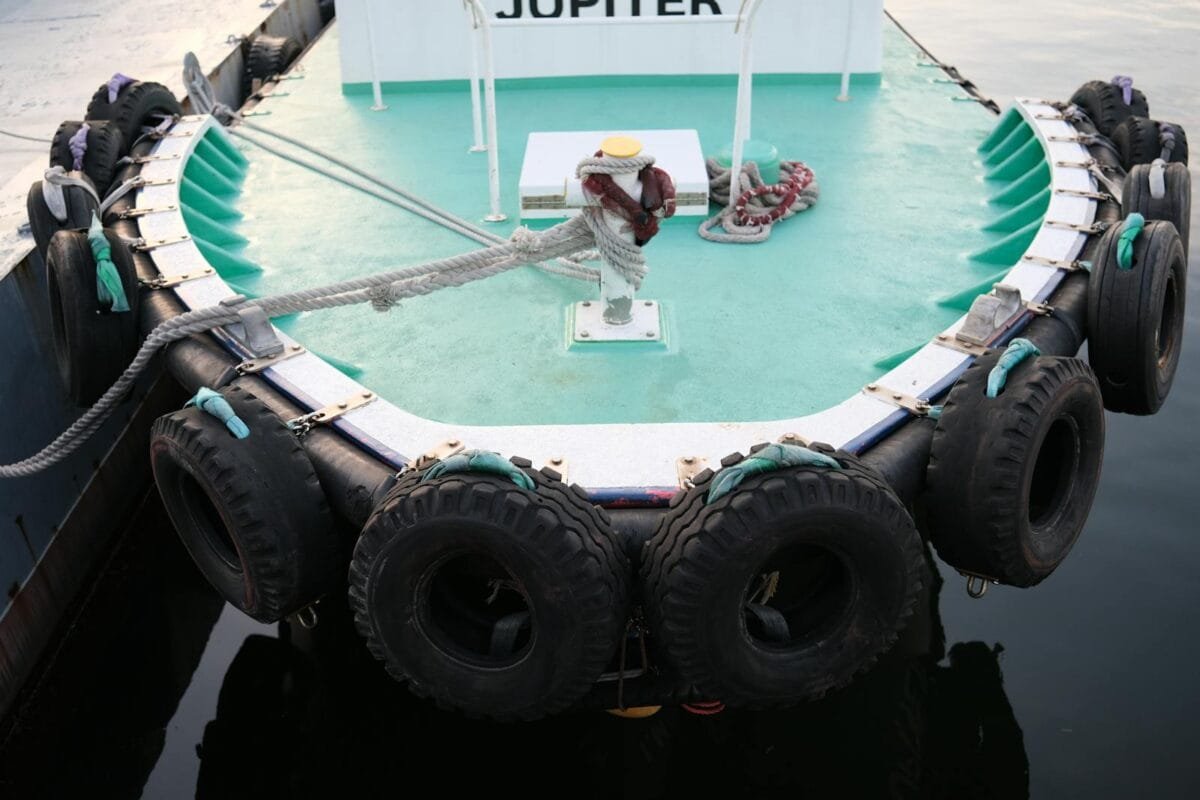An unprecedented move that has sent shockwaves through the U.S. economy, thousands of dockworkers at East and Gulf Coast ports have initiated a massive strike. The International Longshoremen’s Association (ILA) union members are walking off the job, demanding higher pay and better job security amidst growing concerns over automation in the cargo handling industry. This strike, the first since 1977, is poised to disrupt billions in trade, affecting key cargo shipments and U.S. imports nationwide. As tensions escalate, the nation watches closely, anticipating the broader implications for labor relations and the future of port operations.

The Genesis of the Strike: Wage Demands and Job Security
At the heart of the strike are the dockworkers’ demands for increased wages and enhanced job security. The advent of automation has introduced new challenges, with many workers fearing that machinery and advanced technology could render their roles obsolete. The ILA union has cited these concerns as critical factors driving their push for better compensation and protection against potential job losses.
According to recent reports, approximately 50,000 ILA longshoremen have walked off the job at 14 major port authorities along the East and Gulf Coasts.The union alleges that ownership and labor failed to reach a satisfactory deal, prompting the workers to take this significant step. The strike underscores a broader trend of labor unrest in industries facing rapid technological advancements.

The immediate fallout from the strike is substantial. With key cargo shipments halted, billions of dollars in trade are now in limbo. The East and Gulf Coast ports are critical hubs for imports and exports, handling a significant portion of the nation’s cargo traffic. Disruptions at these ports can have a cascading effect on various sectors, from manufacturing to retail.
Key Impacts Include:
- Supply chain disruptions: Delays in cargo handling can lead to bottlenecks in supply chains, affecting the timely delivery of goods across the country.
- Economic Costs: The stranded trade is estimated to cost the U.S. economy billions of dollars, impacting everything from small businesses to multinational corporations.
- Consumer Prices: Supply chain delays may translate into higher prices for consumers as shortages of goods create upward pressure on costs.
- Global Trade Relations: Prolonged disruptions could strain trade relationships with international partners, affecting the competitiveness of U.S. goods in the global market.

By walking off the job, the union aims to highlight the critical role of dockworkers in maintaining the flow of trade and pressuring management to address their demands.
Key Union Strategies: Public Awareness Campaigns: Highlighting the strike’s impact on the economy and consumer prices to garner public support.
Negotiation Tactics: Utilizing the strike as a bargaining chip to secure better wages and job security provisions.
Solidarity Movements: Encouraging solidarity among other labor unions to strengthen the negotiating position. Conversely, port authorities and management face the challenge of mitigating the strike’s impact while addressing workers’ grievances. The delicate balance between operational continuity and labor satisfaction is at the forefront of ongoing discussions. Economic and Social Implications. The strike’s ramifications extend beyond immediate trade disruptions, touching upon broader economic and social issues.
Economic Implications:
GDP Impact: Significant disruptions in port operations can negatively affect the U.S. GDP by impeding trade volumes. Employment: Prolonged strikes can lead to layoffs in related sectors, exacerbating unemployment rates.
Social Implications:
Community Impact: Port communities reliant on dock work may face economic hardships due to reduced income and increased unemployment. Public Sentiment: The strike could influence public opinion on labor unions and their role in advocating for workers’ rights amidst technological changes. Potential Resolutions and Future Outlook. As the strike continues, the path to resolution remains uncertain. Both sides must navigate a complex landscape of economic pressures, technological advancements, and labor rights.
Possible Resolutions: Negotiated Agreements: Reaching a compromise on wage increases and job security measures, including retraining programs for workers threatened by automation.
Mediation: Involving third-party mediators to facilitate discussions and help bridge gaps between labor and management. Legislative Intervention: Potential involvement of government agencies to enforce fair labor practices and support economic stability.
Future Outlook: The outcome of this strike could set a precedent for future labor actions in automated industries. It underscores the necessity for proactive measures to address workers’ concerns in the face of technological evolution. Enhanced collaboration between unions, employers, and policymakers will be crucial in shaping a sustainable and equitable future for the cargo handling industry.
The East and Gulf Coast ports strike is a pivotal moment in U.S. labor history, highlighting the intricate balance between technological progress and workforce stability. As the nation grapples with the immediate economic impacts and contemplates the long-term implications for labor relations, the need for comprehensive solutions that address both current grievances and future challenges becomes increasingly apparent. The resolution of this strike will not only determine the trajectory of U.S. port operations but also influence the broader discourse on labor rights in an era dominated by automation.
visit jupiterscm.com for more information


